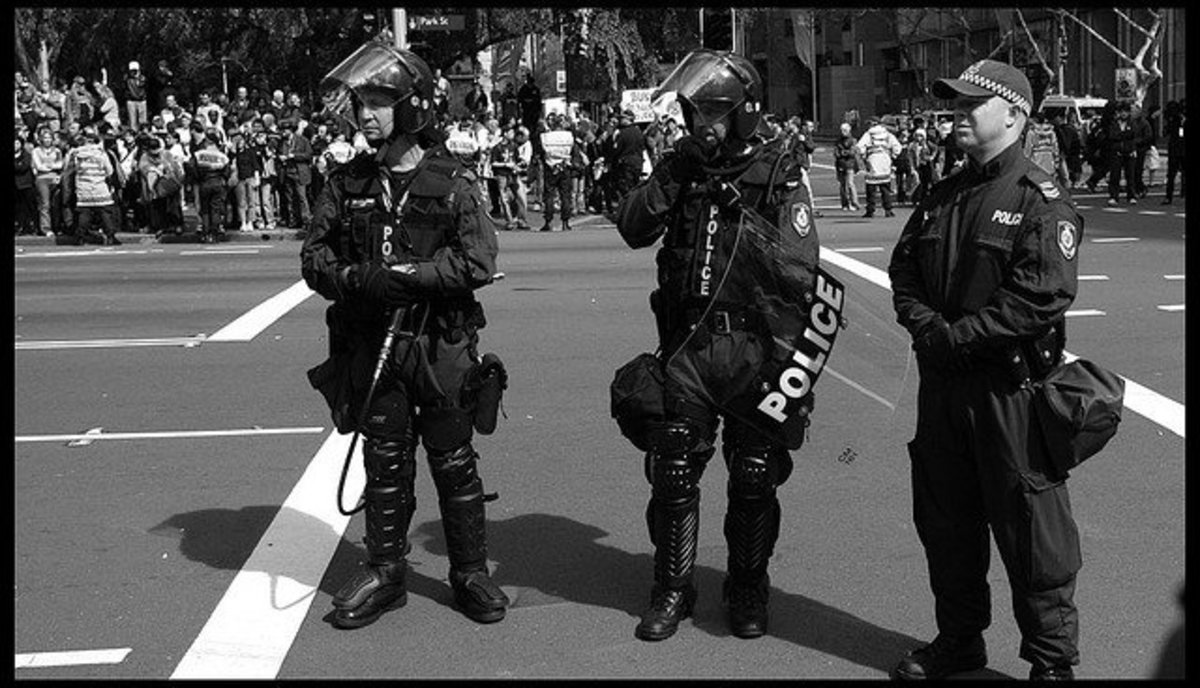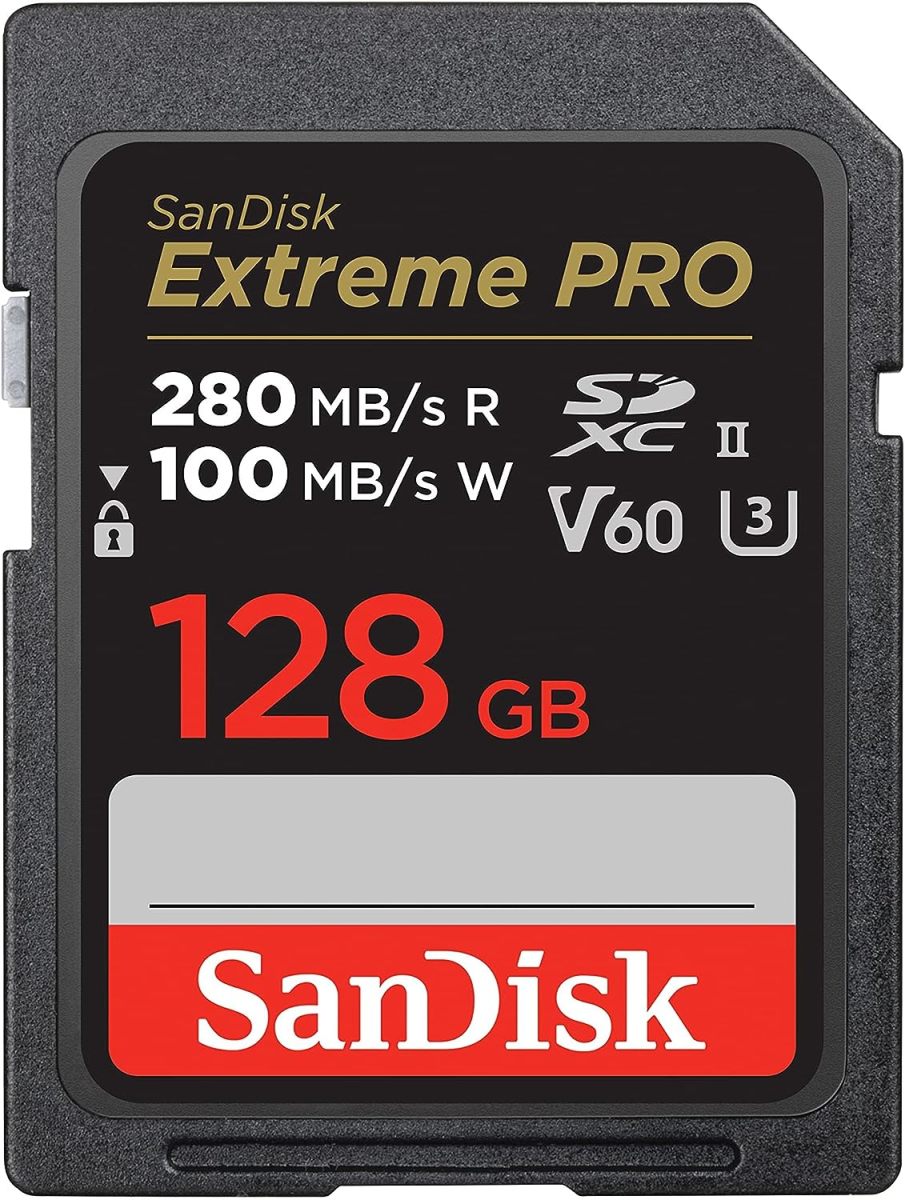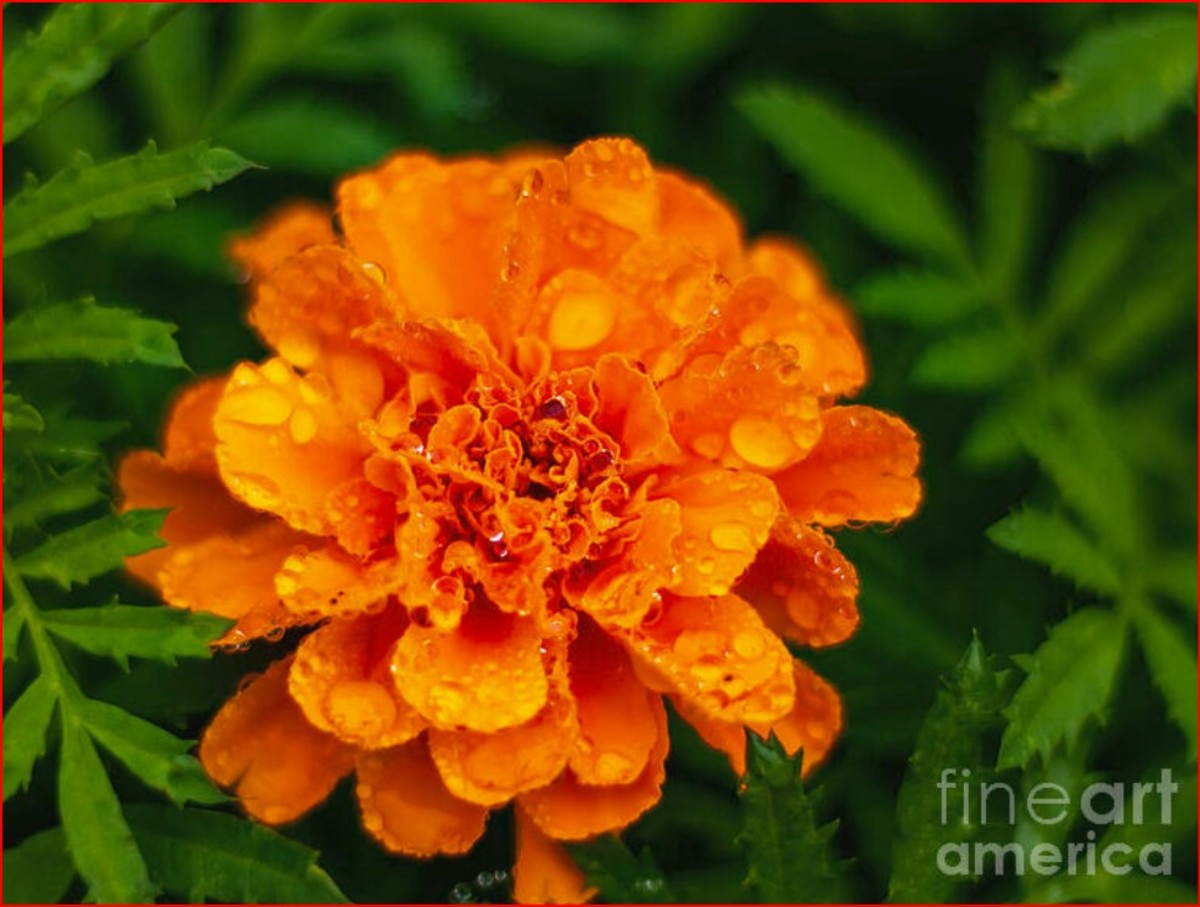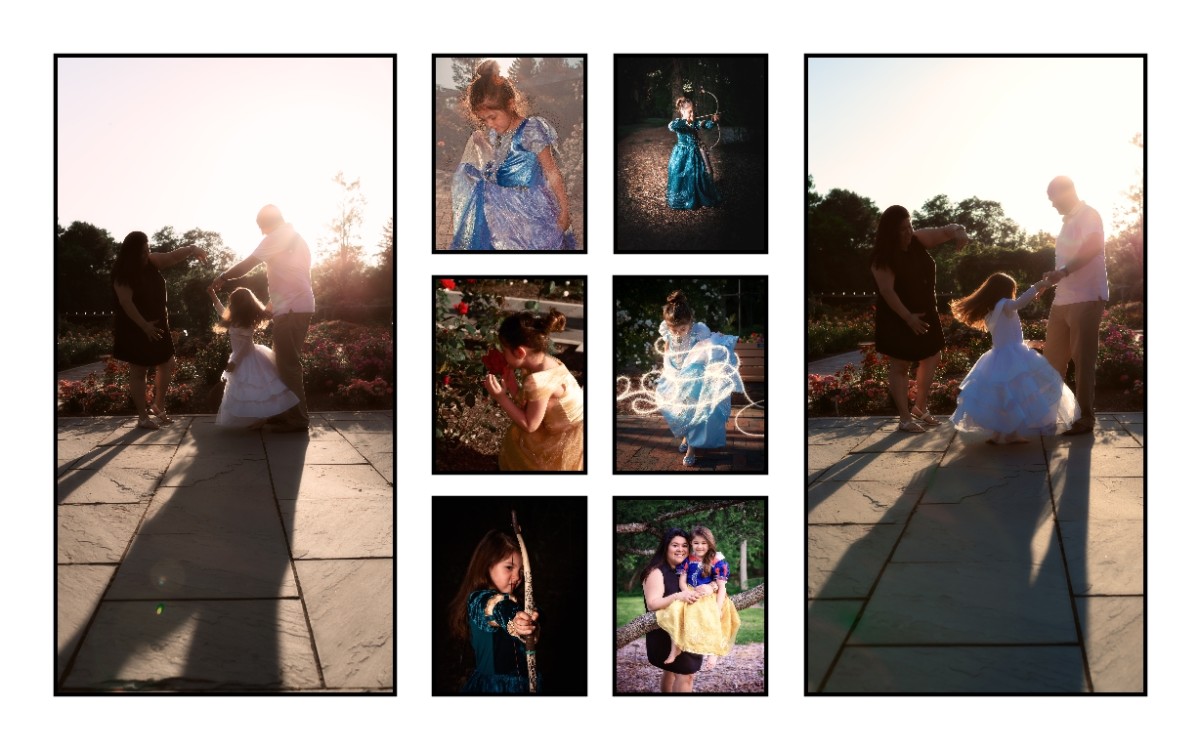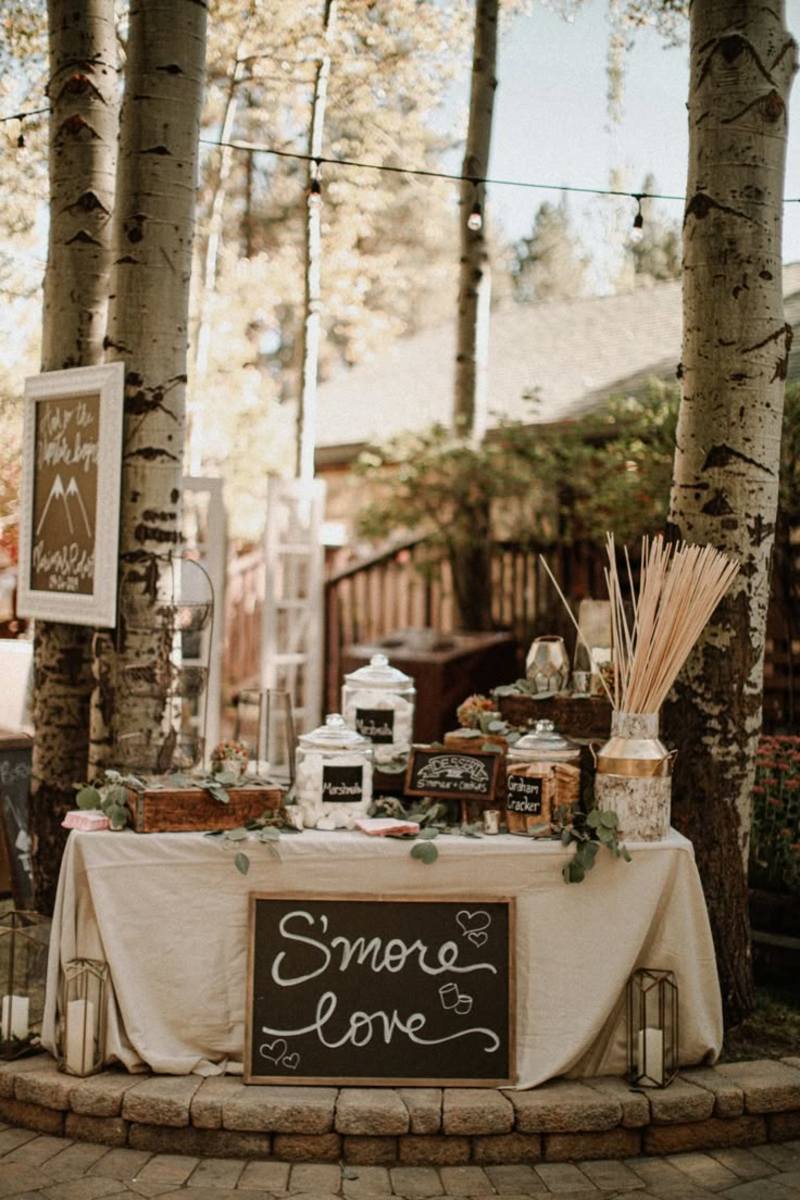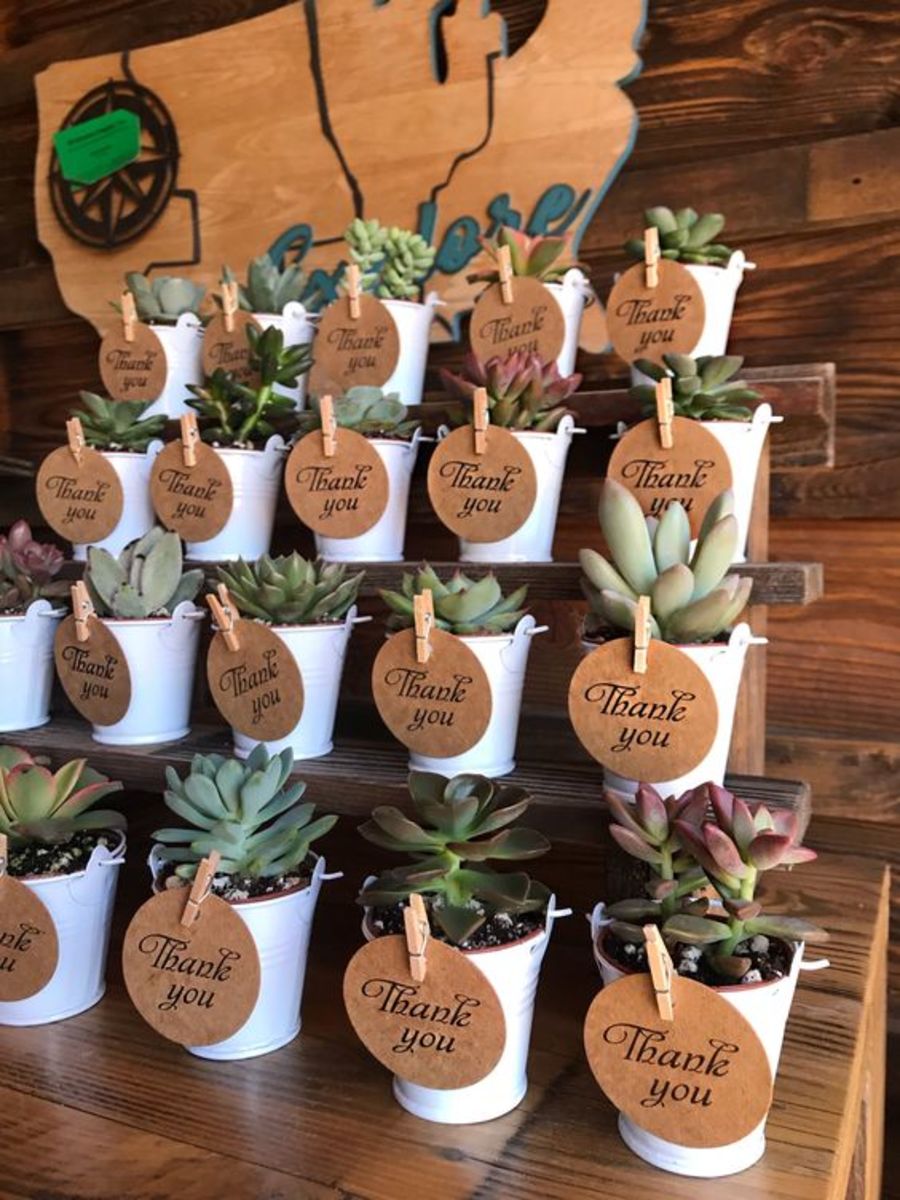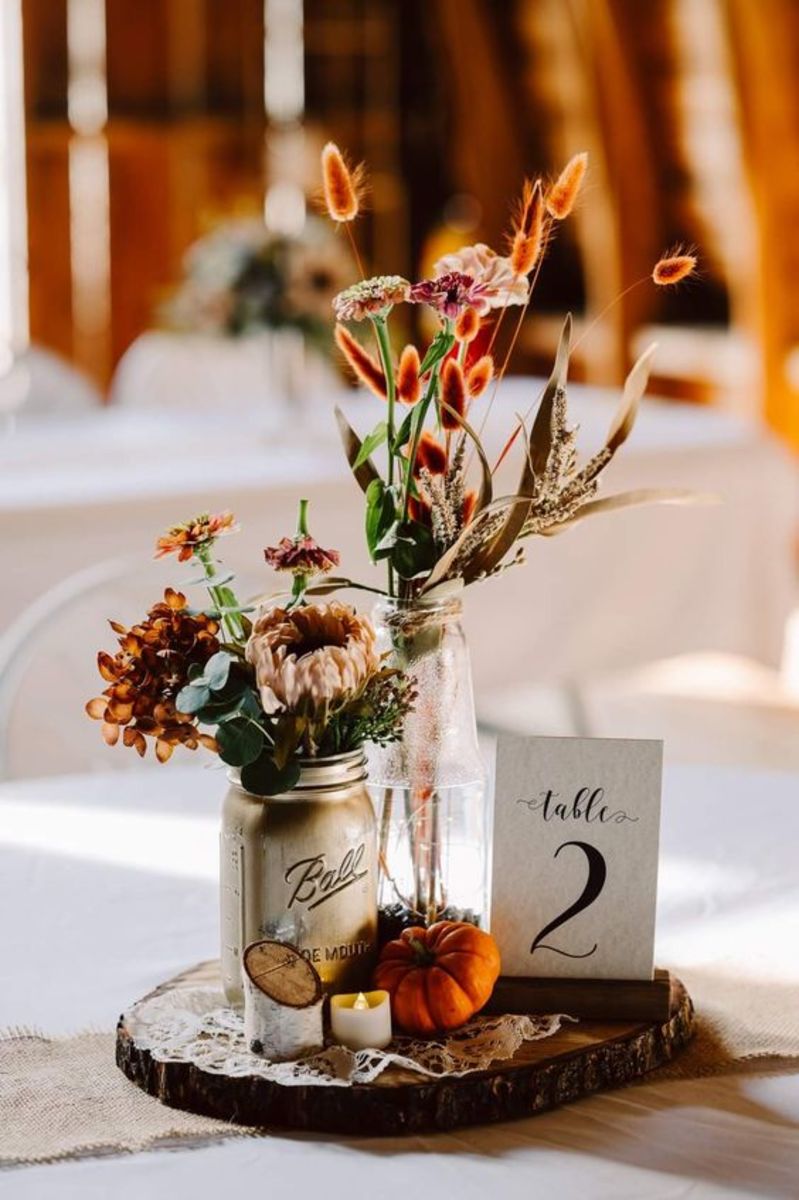Common Wedding Photography Terminology

Nothing is worse than calling photographers to ask questions, or sitting down to meet with them for interviews, and finding yourself in a sea of words and terminology with which you’re not familiar.
If not just for the sake of knowing what the photographer is talking about and being about to ask for what you truly want accurately, here is a list of all the common terminology I could come up with to help you sound, and be, more educated.
- A la Carte – Along with separate photography packages they might offer, photographers will sometimes offer their services separately as well. Some of these separate services for weddings might be a Bridal Portrait, and Engagement Session, additional hours of time, and an additional photographer.
- Aged Photographs – In the 1930s and 40s, when photos were all black and white, photographers began adding brown tinting to their photographs in order to coloring to their pictures. This effect now provides a timeless feeling to photographs.
- Airbrushing and Retouching - This is what photographers do to their pictures in order to improve them for their clients. This may include getting rid of glares, too much light or not enough in certain pictures, erasing crow’s feet, getting rid of unwanted acne, etc. just to make wedding photos look their best.
- Aperture – This describes how much light the lens gathers.
- Archival Quality Prints – Pictures deemed “archival quality” are printed on specific archival-quality paper to help them last a lot longer.
- Artistic Style – Approach to photography that emphasizes color, creative effects, and flair.
- Black and White – Pictures taken deliberately in black and white. Sometimes photographers make pictures black and white on purpose for effect or even to be able to bring out particular pops of color in the photos to help them stand out.
- Boudoir Session – These are a fairly new trend to weddings, as brides are requesting little black photo books full of sexy, suggestive photos of themselves in lingerie to give as gifts to their new husbands.
- Bridal Portrait – The Bridal Portrait is a specific picture of the bride displayed at the wedding on an easel for guests to view as they are signing the guest book, usually taken during the Bridal Session.
- Bridal Session – During this photo taking session, the bride gets all dolled up in her wedding gown, makeup, hairstyle for the big day, and her chosen bridal accessories. This is sometimes considered a trial run for the bride and gives her a fun photo session to capture her at her best in all her finest. This is usually done a couple of months before the wedding.
- Camera Originals/Proofs – These are essentially all of the pictures from the wedding untouched or edited. Photographers sometimes offer these to the couple for free or for a fee in the form of a booklet or magazine, or simply loose pages. The purpose is to allow the couple to choose the pictures they would like to be printed or to be put into an album ahead of time to save the photographer some time.
- Candids – These are unposed shots, most likely out of the consciousness of the bride or groom. Typically candids are the best man dancing with the flower girl on the dance floor, the mother or maid of honor wiping away tears, the couple praying before the ceremony, etc.
- Change in Perspective – This means changing the angle to which one is taking the picture, slightly changing the pose, focusing in on one object or another, or just moving to a different spot and taking the picture again (like from the front rather than from the side).
- Change of Composition – This means either bringing in the picture closer (like zooming in), or taking it further out (zooming out).
- Color Processed Color – This is a technique photographers use to create ultra-processed colors in their pictures. Mostly used by photographers preferring an artistic photography style, this technique allows for bright pops of color amongst muted ones for effect.
- Contemporary Photography – A more relaxed approach to photography characterized by less posing, spontaneous and fun shots, and photographers seeking out specific backgrounds and shots.
- Cropping – This is what is done to cut certain parts of a photo out, make it smaller, a different size, or simply emphasis one part of the picture.
- Digital Imaging – This is now available to the advent of digital cameras into the photography industry. Photographers can now view the pictures they are taking instantly to know whether or not to retake it, rather than relying on film like they have had to in the past.
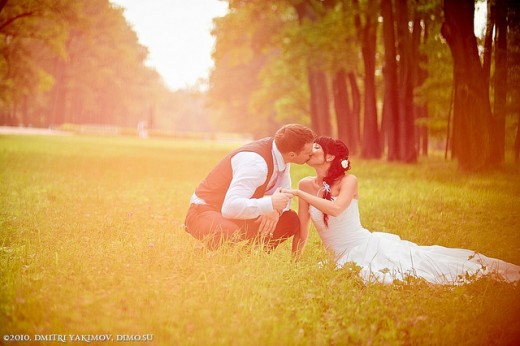
- Digital Negatives – These are copies of the original photos usually provided to the wedding couple (for free or for a fee) on a CD or DVD (with a full or limited copyright) to be able to print as they wish.
- DVD Photo Montage – Some photographers are providing their clients with many of their wedding photos set to music on a DVD, as a way of providing them a video memory of their wedding day in lieu of a wedding video.
- Engagement Portrait – A beautiful picture of the wedding couple taken during their engagement for putting into a newspaper announcement. Many couples are even using this photo as the centerpiece for their guest book frame for guests to sign as they enter the wedding, or to put on an easel for guests to see as they sign the guest book.
- Engagement Session – A photo session for the wedding couple during their engagement to commemorate the event in their lives and celebrate their engagement. These photos are used for a variety of purposes throughout the wedding.
- Equipment – This is the photographer's cameras, lenses, flashes and other tools that are used on the wedding day.
- Fashion-based style – Style of photography emphasizing dramatic poses, striking backgrounds, and creative use of lighting.
- Fish Eye Lens – This is a very wide angle lens that rounds the edges of the frame, used for shooting pictures like the entire width of the church, all the members of your wedding party crammed in the back seat of the limo, or all of your wedding guests taken from an upper floor balcony.
- Flush Mount Album – This is an upgrade to the traditional matted album. In a flush mount photo album, the photos are the pages and vice versa. These pages can contain multiple pictures and backgrounds. They also last longer and look better than the traditional photo album.
- Focal length – This defines the lens's angle of view.
- Formal Portraiture – Photos taken with the photographer in complete control. Includes grouping and posing family members, and having everyone smile into the camera. This is one way to take family pictures.
- Formals – These are the pictures taken after the ceremony typically with family members from both sides, a whole family shot, and individuals with the bride and with the groom and their friends or family members. There are many different styles available to shoot these photos.
- Format – This describes the sensor size the lens is designed to work with.
Quick Quiz
view quiz statistics- Hand-tinted – These pictures are typically black and white with pops of color. This artistic touch to photography gives wedding photography a different look. It allows small details like the wedding rings to stand out in gold on a black and white background, or the bright red bouquet of the bride to be the feature.
- Image Stabilization – Some camera lenses include optical stabilization units to counteract the blurring effects of hand shake.
- Lens mount – This determines whether the lens will physically fit your camera.
- Macro Lens – A great lens that’s small and light, takes sharp pictures and great detail when shooting objects up close. This lens is great for taking pictures of small details.
- Mini Books – Smaller versions of the bride and groom’s wedding photo album.
- Mixing Styles – Many photographers, in order to cater to the largest number of customers, will offer a blend of photography styles in their photography. They may take both traditional and photojournalistic photos throughout an event, or even other blends mixing 2 to 3 styles.
- Natural Color – These are pictures taken without the use of artificial light.
- Negative – Film that has been processed but not yet turned into the actual prints.
- Online Proofing – A service some photographers provide their couples that allows guests, family members and the couple to view the pictures online and order them.
- Packages – Each photographer will most likely offer a series of packages, or collections of services they sell as a group, to offer their customers, regardless of the topic they are shooting. These “packages” will typically include photography time, the number of pictures taken, the number of prints made, and any additional services they want to add to separate their packages.
- Panoramic – A large picture, typically taken with a panoramic lens, to capture a particularly wide shot. The most familiar panoramic pictures are usually mountain ranges or cityscapes, but can really be beautiful for weddings.
- Parent and Gift Books – Smaller versions of the couple’s photo album. These can be smaller exact duplicates, or can be unique to each person receiving one.
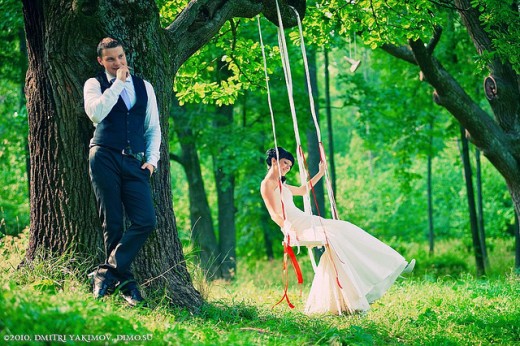
- Photo Album – A final, polished collection of all of the proofs chosen by the bride and groom in order to portray all of the feelings during the big event to tell the story of the wedding. These come in many different styles, have a variety of coverings, and come with different numbers of pictures in each.
- Photojournalistic Style – Relaxed approach to photography characterized by candids and little photographer intervention.
- Prime Lens – These lenses typically take better pictures than a zoom lens, are smaller and lighter, and have better light-gathering ability. These lenses are great for taking pictures in low light.
- Prints/Images – Final printed pictures that have been retouched and edited. They usually come in sizes 5x5, 5x7, 8x10, 10x10, 11x17, 16x20, 20x24, and 30x40.
- Sepia – Brown tints to photographs that make them look a little older (or antique).
- Soft Focus vs. Out of Focus – There is a fine line between a photo that has purposefully been shot with a soft focus and one that is simply out of focus. The quality of the photo can easily be seen as one will look purposeful and the other will look like poor quality. The easiest way to know the difference is that in quality photos, the eyes of those in the photos should be sharp and clear. If they are not, you know the picture is simply poor quality.
- Telephoto Lens – Photographers carry a number of lenses with them to capture picture in different ways. A telephoto lens may allow the photographer to slip in and take a quick picture of a special moment in the day without being noticed.
- Traditional Photography – Strict approach to photography with a great deal of posing and lots of photographer intervention.
- Vivid Color – A photo in which the color stands out in the photo because of very well defined tonality in the colors of a print.
- Wedding Portrait – A formal picture(s) of the bride and groom together in all of their finery. This portrait is typically the one chosen to be displayed in the home most prominently.
- Wide-Angle Lens – This particular camera lens is intended for taking pictures of broad, sweeping vistas. This is great for taking a picture of the entire wedding venue setup, all of the wedding guests, or any other large pictures, as it extends the view beyond traditional lenses allowing for larger pictures.
- Zoom Lens – This camera lens allows the photographer to change the perspective and focal length without having to change their lens. This is great for photojournalistic photographers.
I hope this listing of common wedding photography terms helps you to better understand the topic and makes you feel more confident and knowledgeable talking to various wedding photographers and asking questions.
Quick Poll
How helpful was this article for you?
© 2013 Victoria Van Ness


